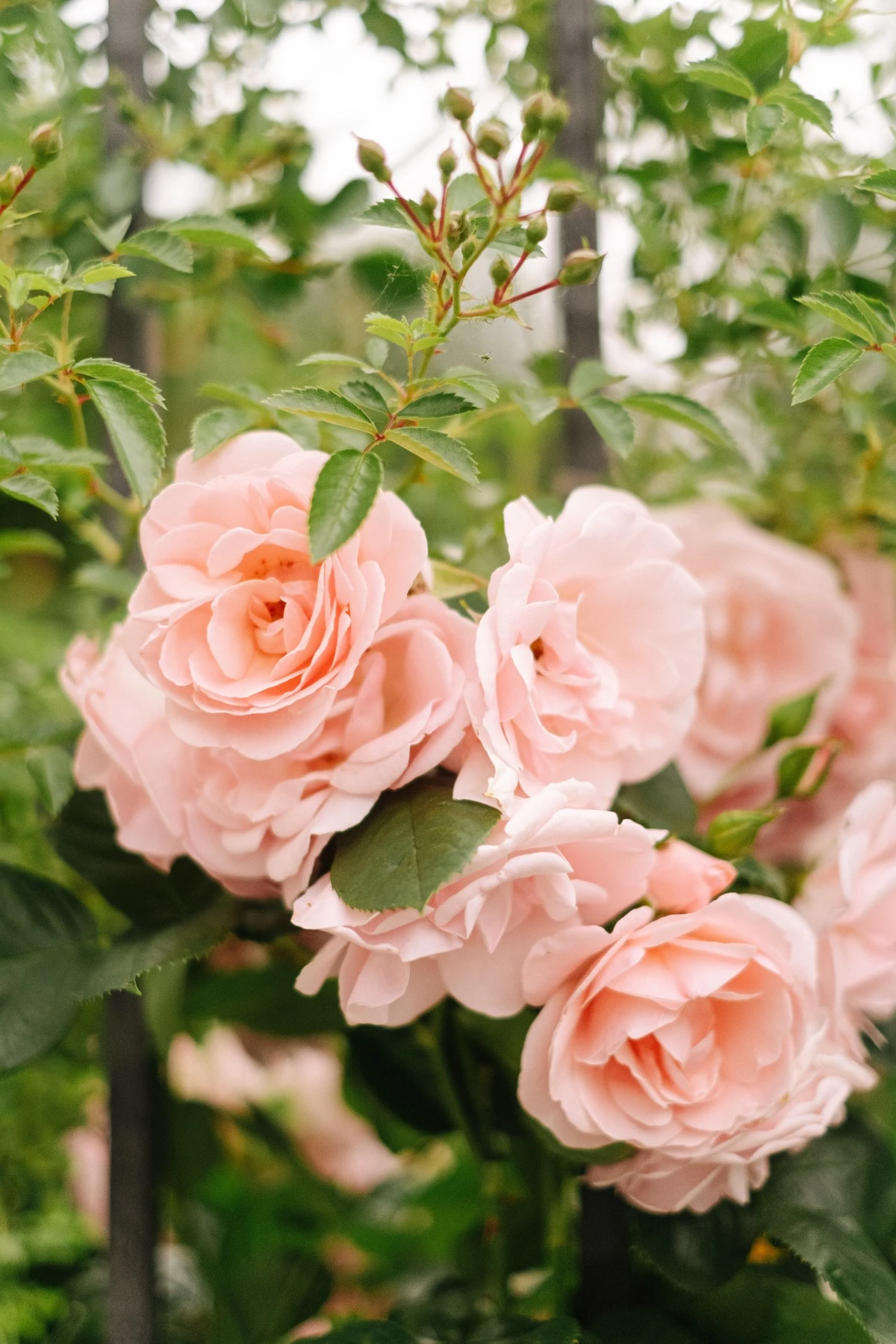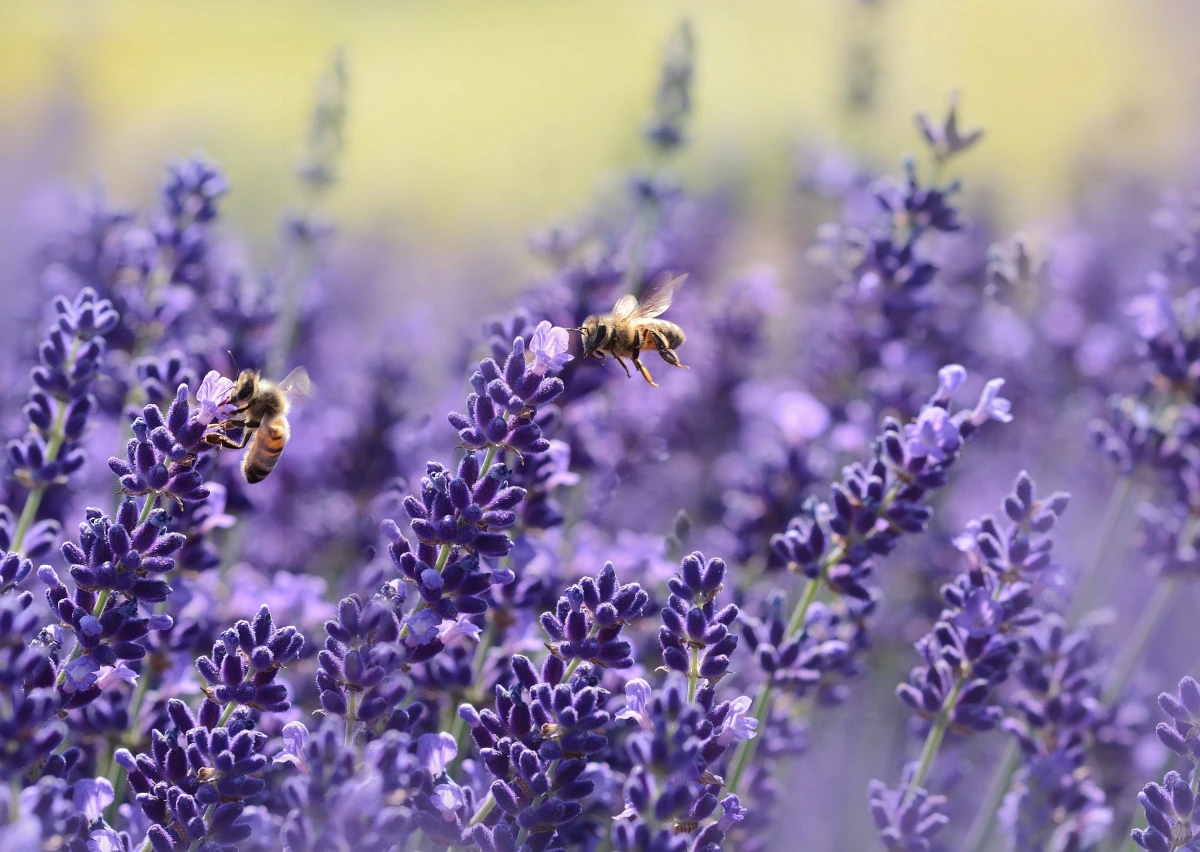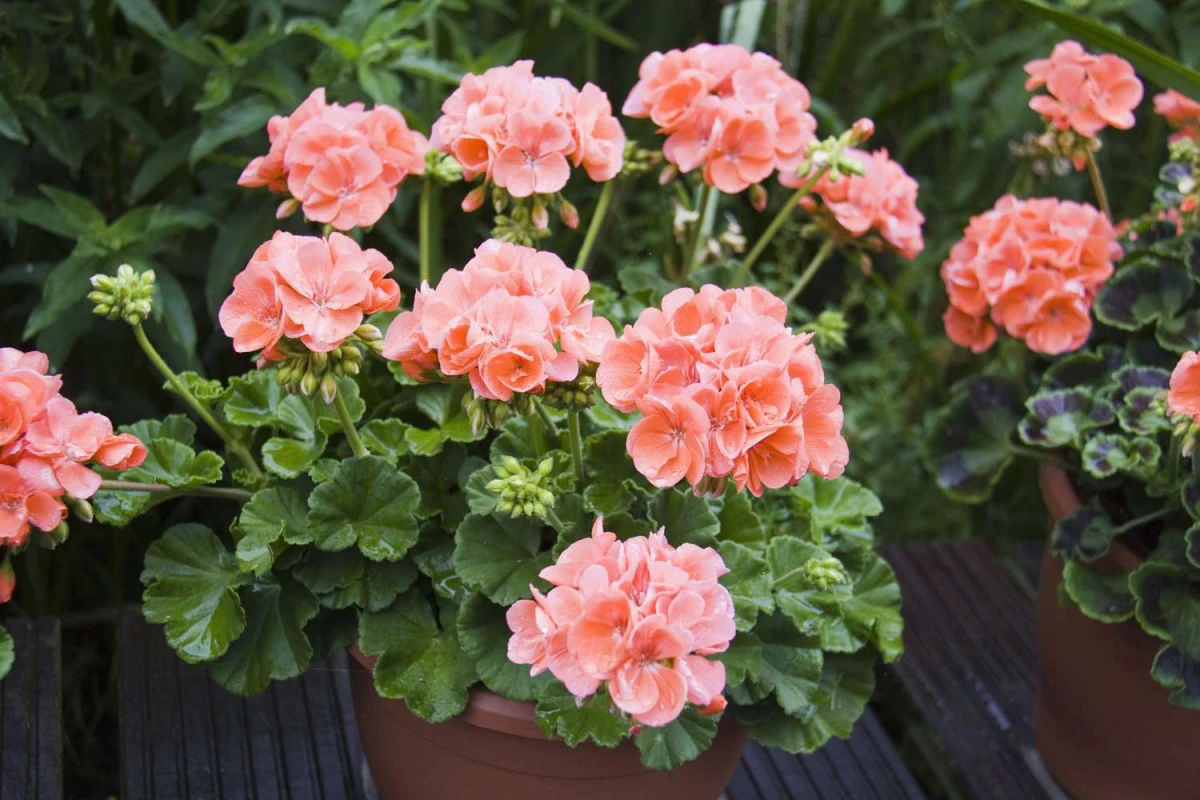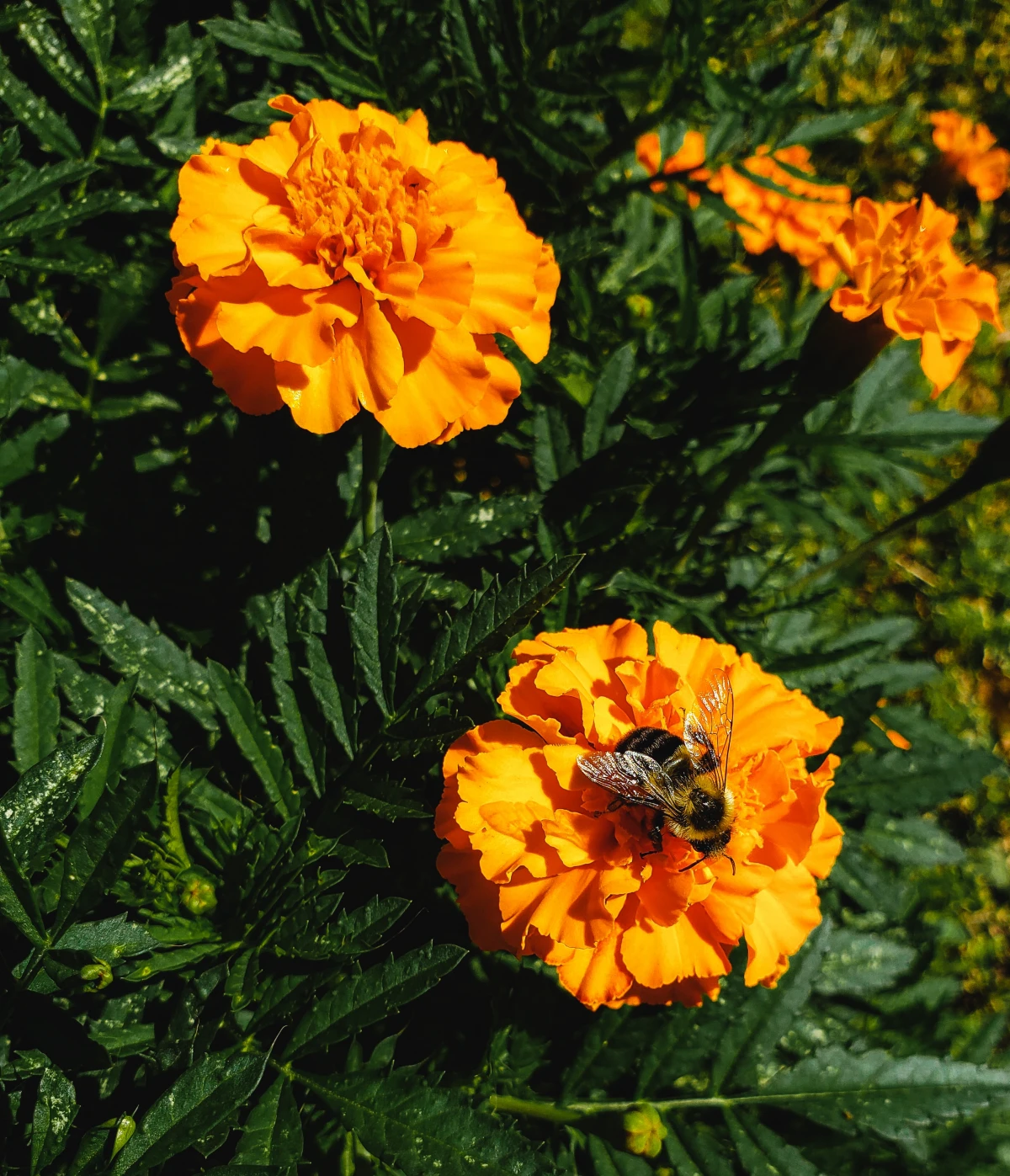What to Plant With Roses: A Gardener’s Guide to Companions That Actually Work
I’ve spent more time with my hands in the dirt than I can count, working in gardens from cool, misty regions to places where the sun just bakes the soil. And in that time, I’ve seen it all when it comes to roses. I’ve seen them absolutely thriving, nestled in a bustling community of other plants. I’ve also seen the sad, lonely ones, fighting off every bug and disease imaginable on a barren patch of mulch. So often, the difference comes down to their neighbors.
In this article
A lot of people dismiss companion planting as some old-fashioned, quaint idea. But honestly, it’s so much more than that. It’s a smart, practical way to create a tiny, balanced ecosystem right in your own yard. The right plant buddy does more than just look pretty next to your prize rose; it can actively protect it from pests, improve the soil, and bring in the good guys (like bees and ladybugs). It’s about building a garden that pulls together as a team.

Now, this isn’t a miracle cure. It won’t rescue a rose that’s already on its last legs. But I can tell you from years of experience that a little planning goes a long, long way in growing healthy, resilient roses. You’ll find yourself reaching for the chemical sprays a lot less, and your garden will feel more alive and self-sufficient.
Why This Actually Works (It’s Not Garden Magic)
To really get this right, you have to understand the “why” behind it. It’s not just a happy accident when it works; there are real principles at play. When I’m showing new gardeners the ropes, this is always where we start. Once you get the “why,” the “what” and “how” become so much more intuitive.
The Garden’s Chemical Signals
You might be surprised to learn that plants are constantly communicating. Some release chemicals from their roots or leaves in a process called allelopathy. These chemicals can have a huge impact on what’s happening around them. The classic example is the marigold. It releases a substance into the soil that’s toxic to nematodes, which are these nasty microscopic worms that love to chew on rose roots. Planting marigolds is like setting up a little protective shield underground.

Oh yeah, and then you have plants from the onion family, like alliums and chives. They release sulfur compounds that have a strong smell. To pests like aphids, this is incredibly confusing and masks the delicious scent of your roses, making them much harder to find.
A Three-Step Plan for Fewer Pests
Companion planting tackles pests from a few different angles. The first is just simple deterrence. Strong-smelling herbs are fantastic for this. Think lavender, rosemary, and catmint. If your garden smells like a complex herbal tea, it’s much tougher for a Japanese beetle to zero in on its favorite meal.
Second is a strategy I call the “sacrificial plant.” This is where you use what’s known as a trap crop. My go-to for this is the nasturtium. Aphids find nasturtiums absolutely irresistible and will flock to them, often leaving your roses alone. But here’s the heads-up: you can’t just plant it and forget it. You’ve basically set up an aphid nursery. You have to monitor the nasturtiums, and when you see that the stems are more than about 50% covered in aphids, it’s time to take action. Blast them off with a strong jet of water from the hose. At the end of the season, pull the whole plant and get it away from your garden.

The third method is my absolute favorite: building an army of allies. This is about attracting beneficial insects. Plants with clusters of tiny flowers, like sweet alyssum, yarrow, and parsley, are like a buffet for ladybugs, lacewings, and hoverflies. The key is that their larvae are the real predators, gobbling up aphids like candy. By giving the adults a food source, you encourage them to stick around and lay eggs.
How to Plant Companions the Right Way
So, you’ve picked out your plants. Great! But how you plant them is just as crucial. I’ve seen well-meaning gardeners accidentally choke out their beautiful roses by planting companions way too close. Roses need two things more than anything: full sun and good air circulation. Bad airflow is basically a welcome mat for fungal diseases like black spot and powdery mildew.
Give Your Roses Some Personal Space
As a rule of thumb, never plant anything closer than 18 inches to the base of an established rose bush. This gives the rose’s roots room to breathe and allows air to move freely through the lower canes, which is super important. For taller plants like foxgloves or delphiniums, give them even more space and try to plant them on the north side of the rose so they don’t cast a shadow on it during the day.

How to Safely Add a Friend to Your Favorite Rose
Most of us aren’t starting with a blank slate, right? You’ve got roses you already love and you’re terrified of messing with them. I get it. Here’s a super safe way to add a companion to an existing bed:
- Prep the Day Before: Give your rose a deep, thorough watering the day before you plan to plant. This makes the soil easier to work with and reduces stress on the plant.
- Gently Clear the Area: Pull back the mulch from the spot where you want to plant your new companion. Remember, stay at least 18 inches away from the rose’s main stem!
- Dig Smart, Not Hard: Use a small hand trowel, not a big shovel. Dig a hole that’s just a bit larger than the pot of the new plant. Using a smaller tool helps you feel for any major rose roots so you can avoid damaging them.
- Settle It In: Pop your new plant in the hole, backfill with soil, and press down gently. Give it a good drink of water to help settle it in and remove any air pockets.
- Tuck It In: Reapply the mulch around both the rose and your new plant, making sure not to pile it up against either of their stems.
See? Not so scary when you break it down.

My Go-To Companion Plants for Roses
Over the years, you start to play favorites. These are the plants I trust to do their job without throwing a fit or taking over the garden. You can find most of these at your local garden center, and for a healthy one-gallon perennial, you can expect to pay between $10 and $20.
Quick Tip: When you’re buying, gently slide the plant out of its pot. If the roots are a super dense, tangled mat, it’s ‘root-bound.’ Look for one with healthy white roots that haven’t started circling the pot yet.
The Allium Family
What it does: Pest Repellent.
My take: The subtle oniony scent from these is a powerhouse against aphids, and I find it even helps deter deer. I love using the big, dramatic ones like ‘Globemaster’ for a pop of purple that appears right before the roses really get going. Even their dried seed heads look cool. For the edge of the bed, I just use common chives—they’re easy to control and you can snip them for your baked potatoes.

Perennial Geraniums (Cranesbill)
What it does: Ground Cover, Weed Blocker, Potential Pest Repellent.
My take: This is a true workhorse. And to be clear, I’m not talking about the bright red annuals in window boxes (those are pelargoniums). I mean the hardy, mounding perennial geraniums. The variety ‘Rozanne’ is a superstar, blooming with violet-blue flowers from spring until the first frost. It beautifully weaves through the base of roses, smothering weeds and hiding those sometimes-bare lower stems people call “bony knees.” It thrives in the same conditions as roses and asks for very little in return.
The Big Debate: Lavender vs. Catmint
Everyone wants that classic rose-and-lavender combo, and it is beautiful. But let’s be frank: lavender is a diva. It absolutely demands sharp, fast-draining soil. If you have heavy clay, it will sulk and die from wet feet. To make it work in less-than-ideal soil, you have to amend heavily with sand or gravel, or plant it on a mound. If you have the right spot, its silvery foliage is a stunning contrast to rose leaves.

But for everyone else? Catmint (specifically a variety like ‘Walker’s Low’) is your new best friend. It’s the tough, reliable, and forgiving alternative. It thrives in a much wider range of soils, tolerates drought like a champ, and blooms its head off for months. It creates a soft, billowy mound of grey-green leaves and lavender-blue flowers that perfectly hides the base of leggy roses, all with a fraction of the effort lavender requires.
Lady’s Mantle
What it does: The Perfect Aesthetic Ground Cover.
My take: This plant is all about the foliage. Its scalloped, soft green leaves catch water droplets in a way that makes them look like they’re covered in diamonds after it rains. It forms a neat, polite clump, making it the perfect plant to soften the edge of a garden bed. The frothy, chartreuse flower sprays it sends up in early summer are the perfect complement to pink, red, or apricot roses.

Plants to Avoid at All Costs (A Cautionary Tale)
Just as important as knowing what to plant is knowing what not to. A bad neighbor is worse than no neighbor at all.
The biggest culprits are aggressive, running plants. And I have to confess, I learned this the hard way. Early in my career, I thought planting some mint near a prized English rose would be a lovely, fragrant pairing. It was a nightmare. It took me two full seasons of painstakingly digging out stubborn, invasive runners that were choking the life out of my rose. Don’t be me. Keep mint, bee balm (Monarda), and periwinkle in pots, far away from your beds.
Also, avoid mismatched roommates. Roses like a fairly neutral soil. Planting them right next to acid-lovers like rhododendrons, azaleas, or blueberries means one of them will always be struggling. It’s just easier to group plants with similar needs together.
Feeling Overwhelmed? Start With This One Easy Trick.
If all this talk of digging and amending soil sounds like too much, don’t worry. There’s a super simple way to get started.
The next time you’re at the grocery store or garden center, buy a small pot of chives. Don’t even plant it. Just take it home and set the pot down on the soil next to the rose that gets the most aphids. That simple act is often enough to start confusing pests with its scent. It’s a low-effort, high-reward first step into the world of companion planting.
Inspirational Gallery
Color Theory in the Rose Bed: Beyond just pest control, think like a painter. Pair the warm, apricot tones of a David Austin ‘Lady of Shalott’ rose with the cool, deep purples of Salvia ‘May Night’ or Geranium ‘Rozanne’. The contrast makes both colors appear more vibrant. For pink or white roses, blue-flowering companions like Nepeta (Catmint) or Campanula create a serene, classic combination that feels both timeless and intentional.
A single ladybug can devour up to 5,000 aphids in its lifetime. Planting dill, fennel, or yarrow near your roses is like sending out a dinner invitation to these invaluable garden guardians.
Can my companion plants be too competitive?
Absolutely. This is a common misstep. Vigorous plants like mint, bee balm (Monarda), or even some ornamental grasses can quickly overwhelm a rose’s root system, stealing vital water and nutrients. If you love the idea of mint for its pest-repelling scent, plant it in a separate pot and sink it into the ground near your rose. This contains its aggressive runners while still providing the aromatic benefits.
- Deters aphids and Japanese beetles.
- Its silvery foliage beautifully hides the ‘bare legs’ of rose bushes.
- Releases a calming, herbal fragrance when brushed against.
The secret? Planting a border of Lavender ‘Munstead’ or ‘Hidcote’ around your rose beds. It’s a classic, hardworking partnership for a reason.
Underplanting for Soil Health: Don’t leave the soil bare beneath your roses. A living mulch, or groundcover, can be a game-changer.
Creeping Thyme: This low-growing herb forms a dense mat that suppresses weeds, retains soil moisture, and releases a lovely fragrance when walked upon. It thrives in full sun, just like roses.
Sweet Alyssum: A fantastic annual choice. It grows quickly, creating a carpet of tiny, honey-scented flowers that are a magnet for hoverflies, whose larvae prey on aphids. Plus, it readily self-seeds for the following season.
For an effortlessly romantic, English cottage garden feel, you need layers. Start with a classic climbing rose like the pale pink ‘New Dawn’ on a trellis. Then, weave in these partners at its feet:
- Clematis ‘Jackmanii’: Let its rich, velvety purple flowers mingle with the rose blooms for a stunning vertical display.
- Foxgloves (Digitalis): Their tall, elegant spires add height and drama behind or beside the rose.
- Lady’s Mantle (Alchemilla mollis): Use its scalloped, chartreuse leaves at the very front to soften the bed’s edge and catch morning dew like tiny jewels.
According to the Royal Horticultural Society, planting a diverse range of flowering shapes and sizes can increase pollinator visits by over 60%.
For your roses, this isn’t just a fun fact. More bees and hoverflies mean more efficient pollination, which is crucial for roses that produce ornamental hips in the fall, like the ‘Rugosa’ varieties. It’s a clear case of beauty and biodiversity leading to a healthier, more productive plant.
A Budget-Friendly Tip: Let annuals do the work for you. A single packet of Calendula or Borage seeds from a supplier like Johnny’s Selected Seeds can provide a season’s worth of companionship. Both are excellent at attracting pollinators and deterring pests like nematodes and tomato hornworms. Simply scatter the seeds around the base of your established roses in spring, and let them fill in the gaps with cheerful, hardworking color.
- A continuous supply of fresh herbs for the kitchen.
- A natural shield against black spot due to improved air circulation.
- A powerful deterrent for aphids and spider mites.
The secret is a simple ‘herb skirt’ planted around the base of your rose. Chives, parsley, and thyme are not only culinary delights but also fantastic companions that actively protect your prized blooms.
Don’t just think about what you see; consider what you smell. The olfactory experience of a rose garden can be magnified with the right partners. The sweet, heavy perfume of a ‘Gertrude Jekyll’ rose on a warm evening, combined with the sharp, clean scent of nearby rosemary and the spicy notes of flowering oregano, creates a complex and immersive atmosphere. It turns a simple walk in the garden into a true sensory journey.










